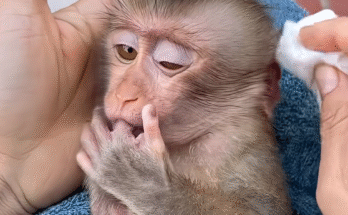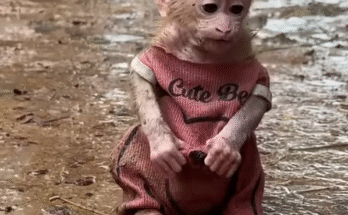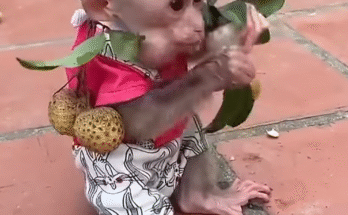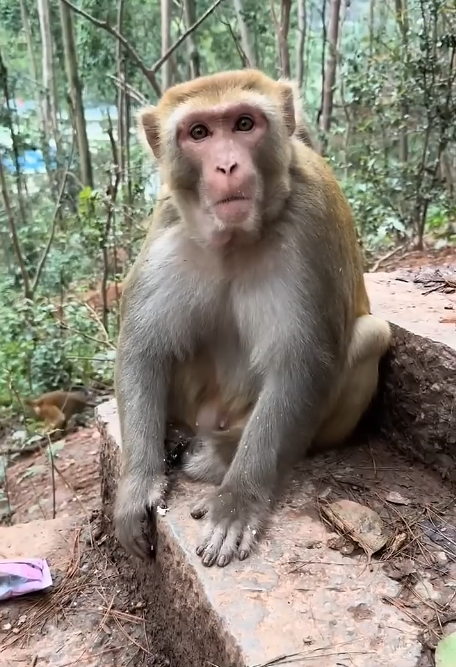
In the vast tapestry of animal behavior, primates are some of the most expressive creatures, revealing emotions, quirks, and idiosyncrasies that often mirror human tendencies. Among these fascinating behaviors is the phenomenon of mysophobia — the fear of germs and contamination — as observed in a certain group of monkeys in controlled environments and natural habitats. Enter the “Mysophobic Monkey,” a creature whose actions, expressions, and habits have intrigued scientists and entertained onlookers alike. This article delves into the peculiar world of the Mysophobic Monkey, exploring its unique expressions, behaviors, and the fascinating implications of such germ-conscious tendencies.
Understanding Mysophobia in Animals
Mysophobia, often referred to as germophobia, is commonly associated with humans, manifesting as extreme caution or anxiety around dirt, contamination, or germs. However, similar tendencies are occasionally observed in animals, particularly intelligent and socially complex species like primates. While animals do not consciously conceptualize germs the way humans do, their behaviors may indicate an innate drive to avoid contamination, protect themselves from disease, and maintain cleanliness.
In the wild, cleanliness is a survival mechanism. Monkeys, for example, groom each other not only to maintain social bonds but also to remove parasites, dirt, and other harmful organisms from their bodies. For some monkeys, this natural inclination toward cleanliness can become exaggerated, leading to behaviors that mimic human-like mysophobia. The Mysophobic Monkey, in particular, exhibits a fascinating range of expressions when confronted with unclean surfaces, unfamiliar objects, or perceived contamination.
The Facial Expressions of the Mysophobic Monkey
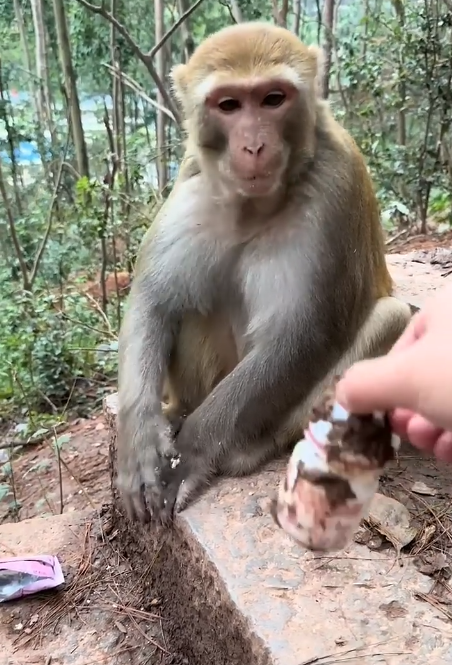
One of the most captivating aspects of the Mysophobic Monkey is its expressive face. Observers often describe these monkeys as having “human-like reactions” to dirt or disorder. Common expressions include:
- The Wrinkled Nose: When encountering something perceived as dirty or potentially germ-laden, the Mysophobic Monkey wrinkles its nose in a clear expression of disgust. This expression closely resembles the human instinctive reaction to foul smells or dirty environments.
- The Wide-Eyed Stare: In situations where contamination is suspected but not fully understood, the monkey’s eyes widen in alertness. This expression communicates caution and heightened awareness, signaling to others that the environment may be unsafe.
- The Grimace: If the monkey is forced to touch or navigate an unclean object, it may exhibit a grimace, pulling its lips back and showing its teeth. While this could be mistaken for aggression, in the context of mysophobia, it is more accurately interpreted as discomfort and resistance.
These expressions are not just random facial movements. They serve as communication tools, signaling to other monkeys the presence of potential hazards. In a group setting, one monkey’s reactions can trigger a cascade of cautious behaviors among its peers, illustrating the social impact of mysophobic tendencies.
Behavioral Patterns of the Mysophobic Monkey
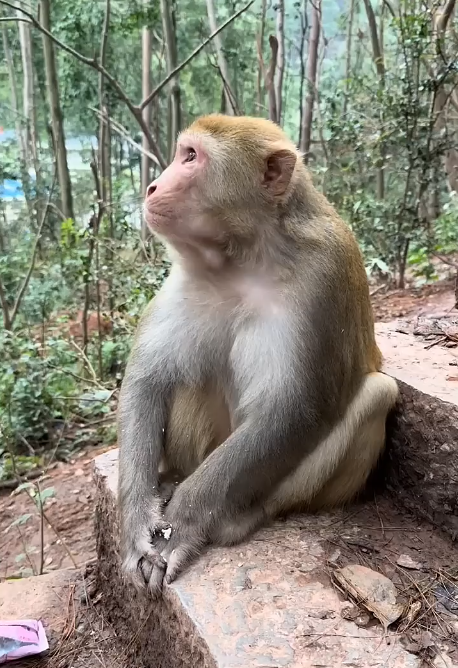
Beyond facial expressions, the Mysophobic Monkey displays a range of behaviors that reflect its germ-conscious nature:
- Excessive Grooming: While all monkeys groom to maintain hygiene, mysophobic monkeys take it to an extreme. They may spend hours meticulously cleaning their fur, picking at every speck of dirt or parasite. Interestingly, they may even groom other monkeys less if they perceive them as “unclean,” highlighting a selective approach to social hygiene.
- Avoidance of Contaminated Surfaces: Mysophobic Monkeys are notoriously cautious about where they step or sit. They may leap over patches of mud, refuse to touch food that has fallen on the ground, or use leaves as barriers between their hands and surfaces.
- Object Inspection Rituals: These monkeys often engage in what appears to be ritualistic inspection of objects. Before touching something new, they may sniff it, rub it against a clean surface, or even tap it repeatedly with their fingers to ensure it is safe.
- Repetitive Cleaning Behaviors: In captivity, Mysophobic Monkeys may develop repetitive behaviors similar to human obsessive-compulsive tendencies. For instance, they might repeatedly wash their food, rearrange items in their enclosure to achieve a sense of order, or clean themselves multiple times after minor contact with dirt.
These behaviors, while extreme, are adaptive in the sense that they reduce exposure to pathogens. However, they also illustrate how animal behavior can reflect psychological complexities often associated with humans.
Social Dynamics and Mysophobia
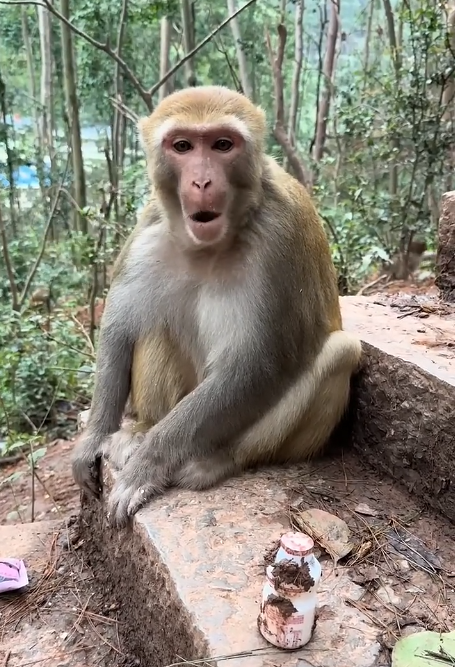
Mysophobia in monkeys is not just an individual trait; it influences group dynamics. In troop settings, a Mysophobic Monkey can impact the behavior of its peers, creating ripple effects:
- Leadership in Hygiene: Mysophobic Monkeys often emerge as informal “leaders” in cleanliness. Other monkeys may mimic their grooming routines or avoid dirty areas as a result of their cautious actions.
- Conflict and Isolation: On the flip side, extreme mysophobia can lead to tension within the group. Monkeys that are perceived as excessively clean or selective may be avoided or challenged by others, particularly if social interactions involve mutual grooming or shared spaces.
- Learning and Adaptation: Interestingly, younger monkeys often learn from mysophobic adults. By observing their cautious behaviors, juveniles may adopt similar cleaning rituals or avoidance strategies, suggesting a form of cultural transmission of germ-conscious behavior.
Observations in Captivity vs. the Wild
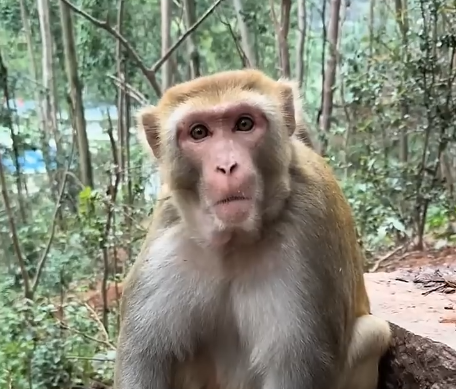
Captive settings often magnify mysophobic behaviors due to controlled environments, limited space, and repeated exposure to novel objects. Researchers have observed Mysophobic Monkeys spending hours arranging food, cleaning surfaces, and inspecting new items in their enclosures. In contrast, wild monkeys may exhibit similar tendencies but in more adaptive ways, balancing cleanliness with foraging, social interaction, and survival.
Captivity also provides a window into the emotional life of these primates. Researchers note that facial expressions, vocalizations, and body language in mysophobic monkeys are often more pronounced when stressors such as dirt, unfamiliar objects, or shared spaces are introduced. This allows scientists to study the intersection of cognition, emotion, and hygiene behavior in a controlled manner.
Implications for Research
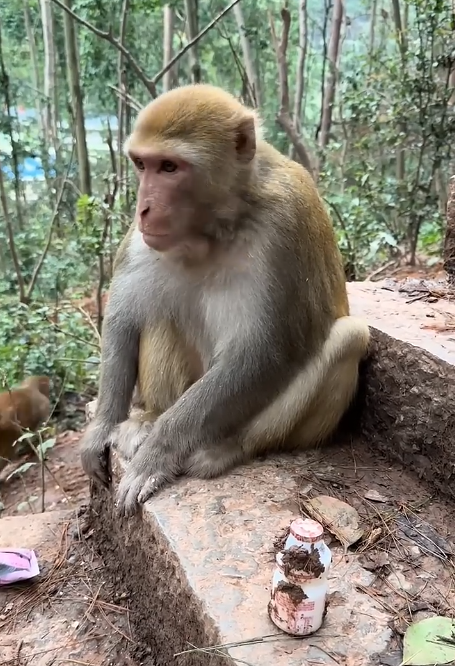
Studying Mysophobic Monkeys offers valuable insights into the evolution of hygiene, social behavior, and even human mental health. Observing how primates respond to potential contamination can inform our understanding of:
- The origins of germ-consciousness in humans
- The development of obsessive-compulsive behaviors across species
- Social learning and cultural transmission of hygiene practices
- The emotional and cognitive complexity of primates
Moreover, these observations challenge the notion that complex psychological traits are uniquely human. The Mysophobic Monkey reminds us that behaviors we often associate with neuroses or compulsions may have deep evolutionary roots, serving adaptive purposes in both survival and social cohesion.
Conclusion
The Mysophobic Monkey is more than just a quirky character in the animal kingdom; it is a testament to the complexity of primate behavior and the intricate ways in which animals navigate their environment. Through facial expressions, meticulous grooming, cautious object handling, and social influence, these monkeys embody a fascinating intersection of instinct, emotion, and intelligence.
For observers and researchers alike, the Mysophobic Monkey offers endless intrigue. Its expressions — from wrinkled noses to wide-eyed stares — capture the imagination, while its behaviors highlight the delicate balance between survival and social interaction. Ultimately, studying these monkeys not only deepens our appreciation for animal cognition but also sheds light on the evolutionary roots of traits we often consider uniquely human.
Whether in the wild, cautiously avoiding a patch of mud, or in captivity, meticulously inspecting a new object, the Mysophobic Monkey continues to fascinate with its expressive, germ-conscious ways. In a world where cleanliness and caution are sometimes taken for granted, these monkeys remind us of the extraordinary intelligence and emotional depth that can lie behind even the smallest, most peculiar behaviors in the animal kingdom.
